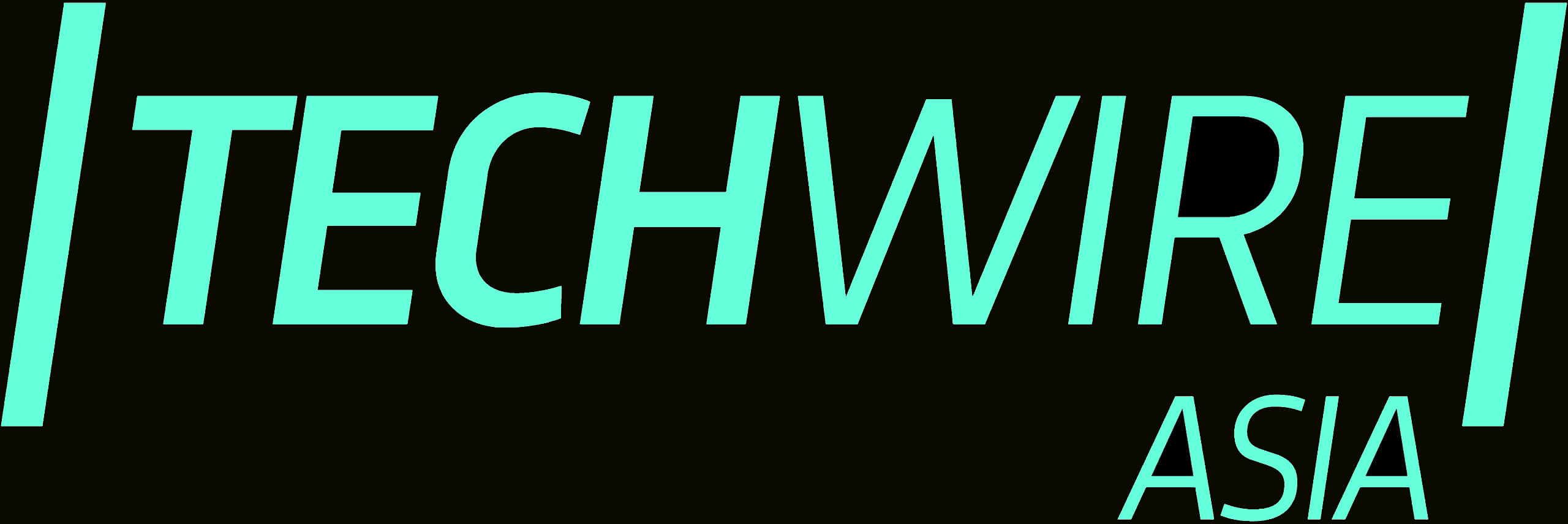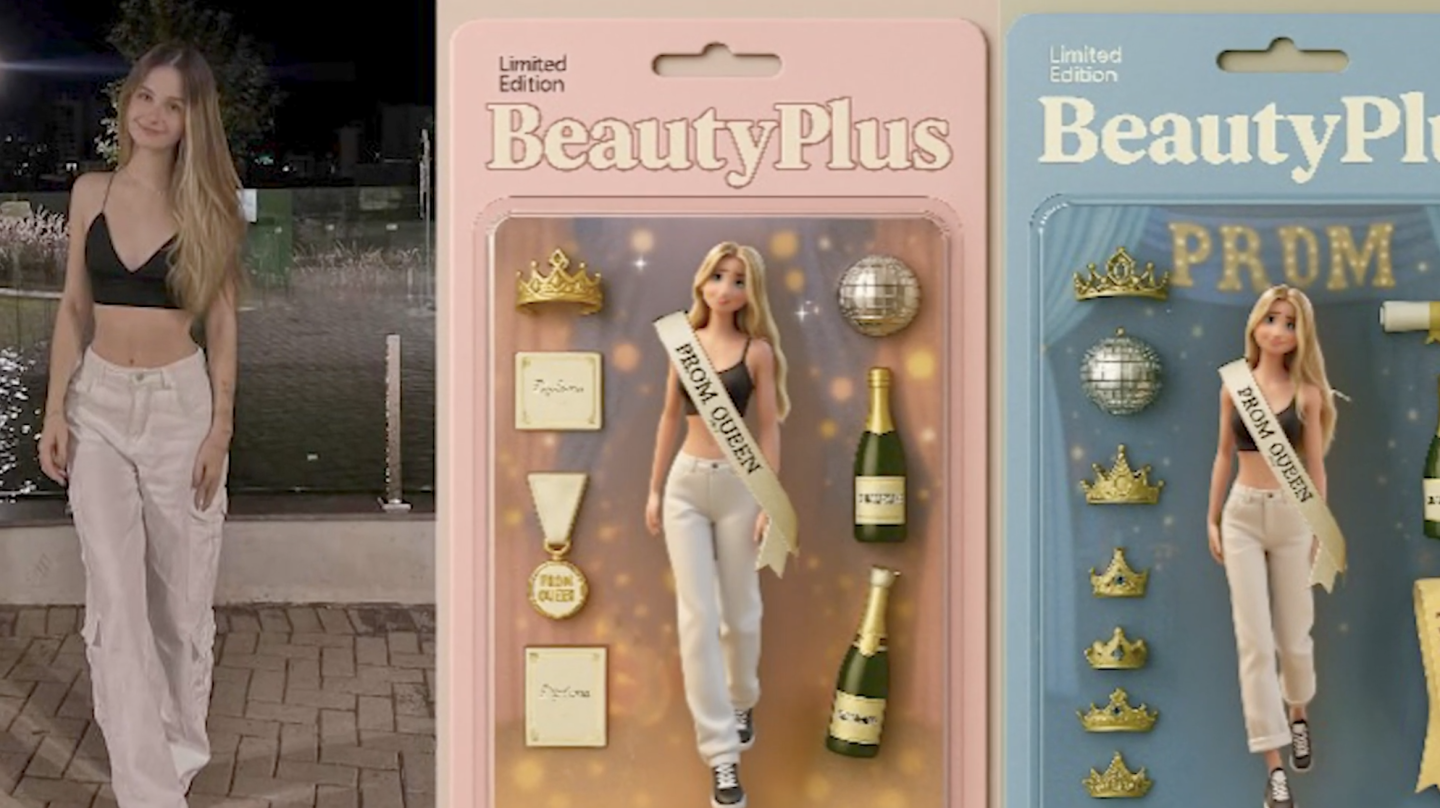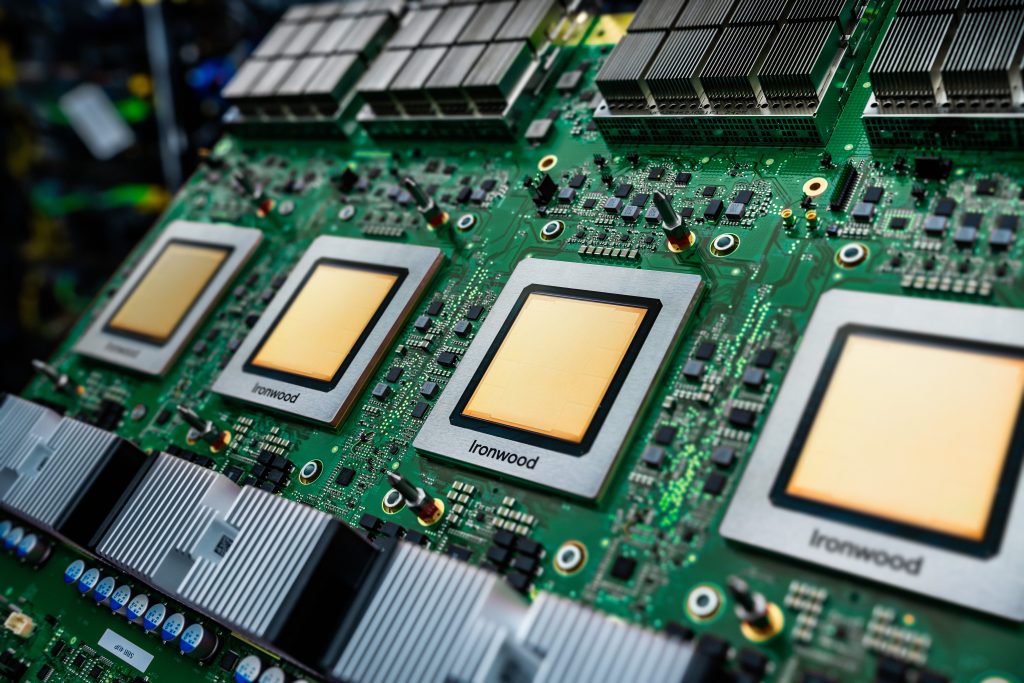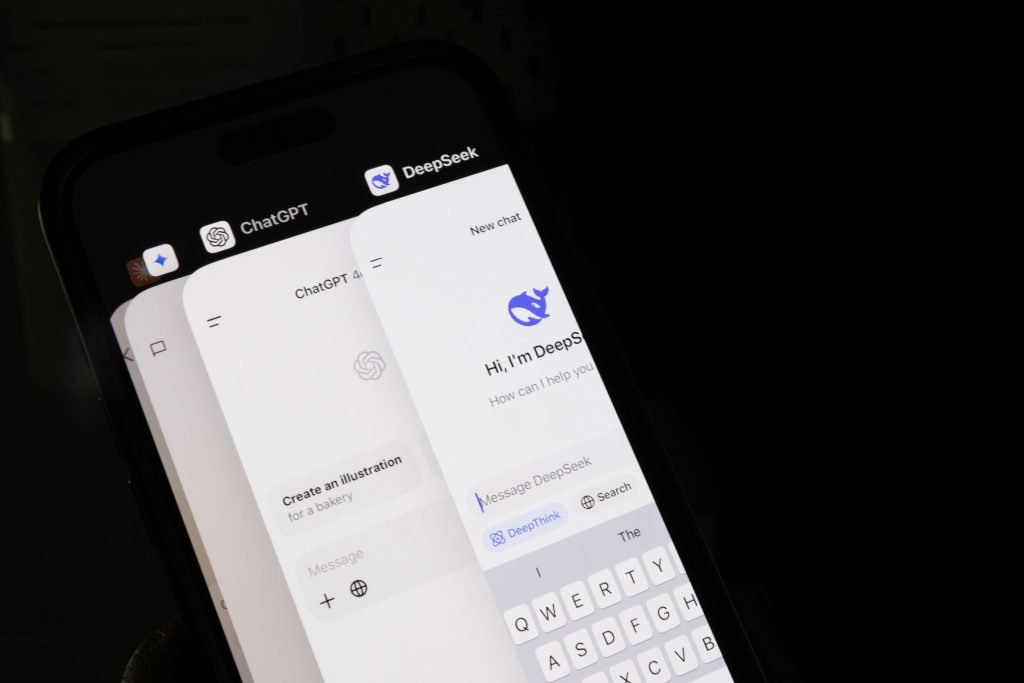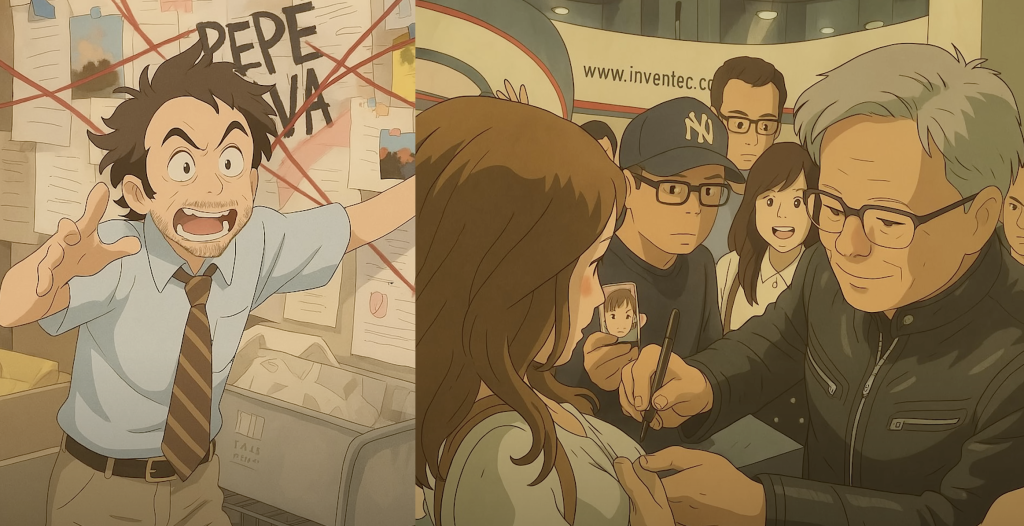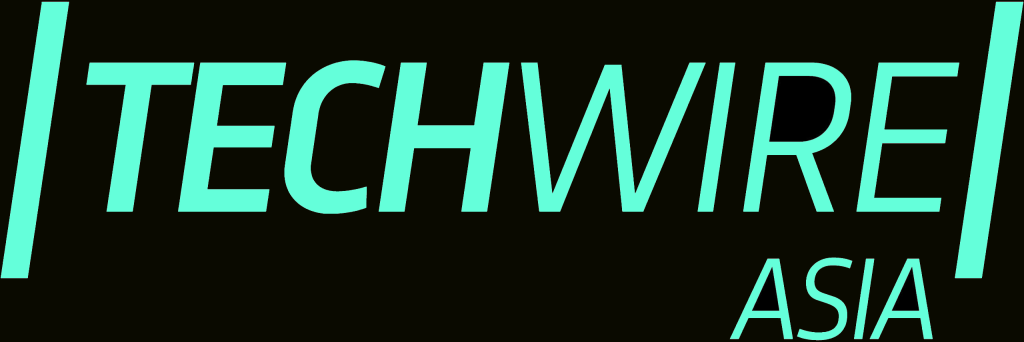- Following the Ghibli portraits, the AI Barbie trend comes to LinkedIn.
- Blending nostalgia with self-promotion, produces brand interest but little celebrity uptake.
After gaining attention with Studio Ghibli-style portraits, ChatGPT’s image generator is now powering a new wave of self-representation online – this time with users turning themselves into plastic action figures.
What began as a quirky trend on LinkedIn has now spread to platforms like Instagram, TikTok, Facebook, and X. The trend includes different takes, but the “AI Action Figure” version is among the most common. It typically shows a person recreated as a doll encased in a plastic blister pack, often accessorised with work-related items like laptops, books, or coffee mugs. That’s fitting, considering the trend’s initial traction among professionals and marketers on LinkedIn.
Other versions draw inspiration from more recognisable aesthetics, like the “Barbie Box Challenge,” where the AI-generated figure is styled to resemble a vintage Barbie.
The rise of the virtual dolls follows the earlier success of the Studio Ghibli-style portraits, which pushed ChatGPT’s image capabilities into the spotlight. That earlier trend sparked some backlash related to environmental, copyright, and creative concerns – but so far, the doll-themed offshoot hasn’t drawn the same level of criticism.
What’s notable about the trends is the consistent use of ChatGPT as the generator of choice. OpenAI’s recent launch of GPT-4o, which includes native image generation, attracted such a large volume of users that the firm had to temporarily limit image output and delay rollout for free-tier accounts.
While the popularity of action figures hasn’t yet matched that of Ghibli portraits, it does highlight ChatGPT’s role in introducing image tools to a broader user base. Many of these doll images are shared by users with low engagement, and mostly in professional circles. Some brands, including Mac Cosmetics and NYX, have posted their own versions, but celebrities and influencers have largely stayed away. One notable exception is US Representative Marjorie Taylor Greene, who shared a version of herself with accessories including a Bible and a gavel, calling it “The Congresswoman MTG Starter Kit.”
What the AI Barbie trend looks like
The process involves uploading a photo into ChatGPT and prompting it to create a doll or action figure based on the image. Many users opt for the Barbie aesthetic, asking for stylised packaging and accessories that reflect their personal or professional identity. The final output often mimics retro Barbie ads from the 1990s or early 2000s. Participants typically specify details like:
- The name to be displayed on the box
- Accessories, like pets, smartphones, or coffee mugs
- The desired pose, facial expression, or outfit
- Packaging design elements like colour or slogans
Users often iterate through several versions, adjusting prompts to better match their expectations. The theme can vary widely – from professional personas to hobbies or fictional characters – giving the trend a broad creative range.
How the trend gained momentum
The idea gained visibility in early 2025, beginning on LinkedIn where users embraced the “AI Action Figure” format. The Barbie-style makeover gained traction over time, tapping into a blend of nostalgia and visual novelty. Hashtags like #aibarbie and #BarbieBoxChallenge have helped to spread the concept. While the Barbie-inspired version has not gone as viral as the Ghibli-style portraits, it has maintained steady traction on social media, especially among users looking for lighthearted ways to express their personal branding.
https://youtube.com/watch?v=Z6S6zQQ8sCQ%3Fsi%3DPJOwLgHWngf21YhL
Using ChatGPT’s image tool
To participate, users must access ChatGPT’s image generation tool, available with GPT-4o. The process begins by uploading a high-resolution photo – preferably full-body – and supplying a prompt that describes the desired figurine.
To improve accuracy, prompts usually include:
- A theme (e.g., office, workout, fantasy)
- Instructions for how the figure should be posed
- Details about clothing, mood, or accessories
- A note to include these elements inside a moulded box layout
Reiterating the intended theme helps ensure consistent results. While many focus on work-related personas, the style is flexible – some choose gym-themed versions, others opt for more humorous or fictional spins.
Behind the spike in image activity
ChatGPT’s image generation tool launched widely in early 2025, and its use quickly surged. According to OpenAI CEO Sam Altman, the demand became so intense that GPU capacity was stretched thin, prompting a temporary cap on image generation for free users. Altman described the load as “biblical demand” in a social media post, noting that the feature had drawn more than 150 million active users in its first month. The tool’s ability to generate everything from cartoons to logos – and now custom action figures – has played a central role in how users explore visual identity through AI.
